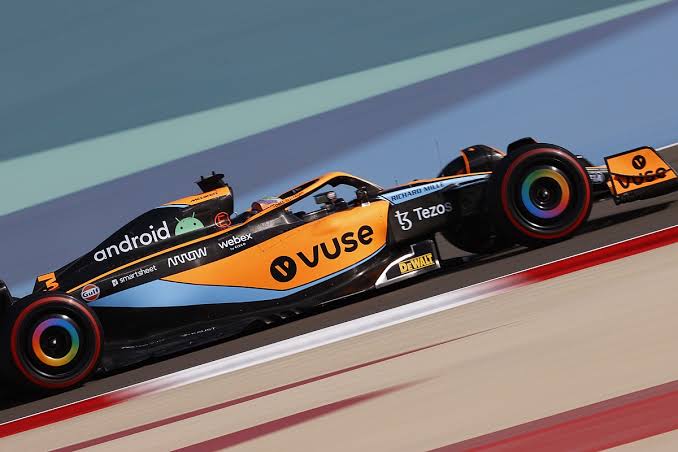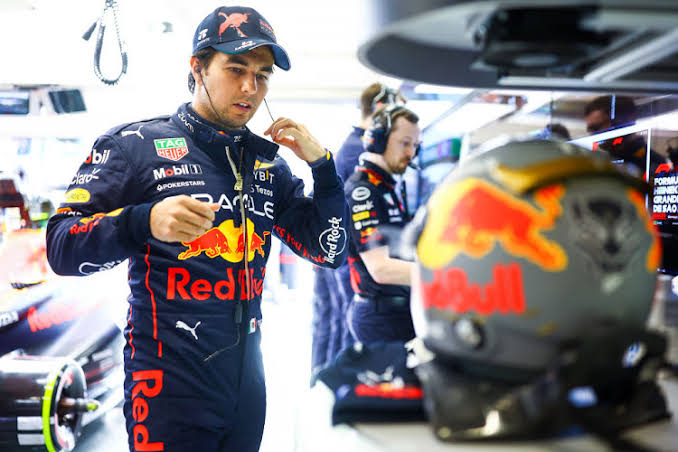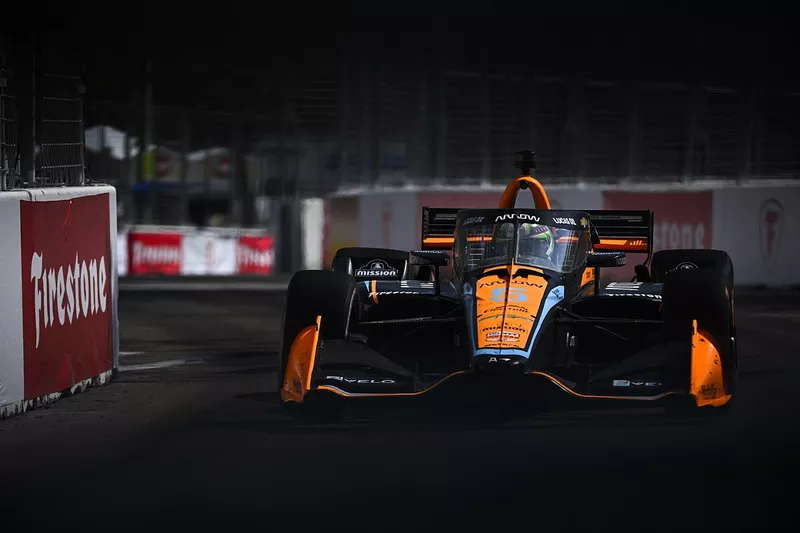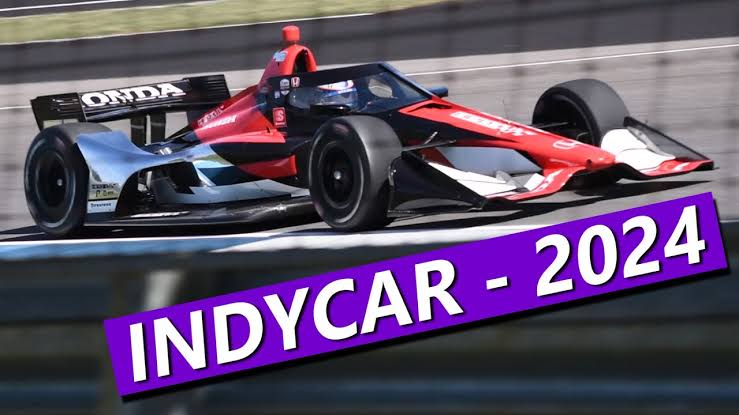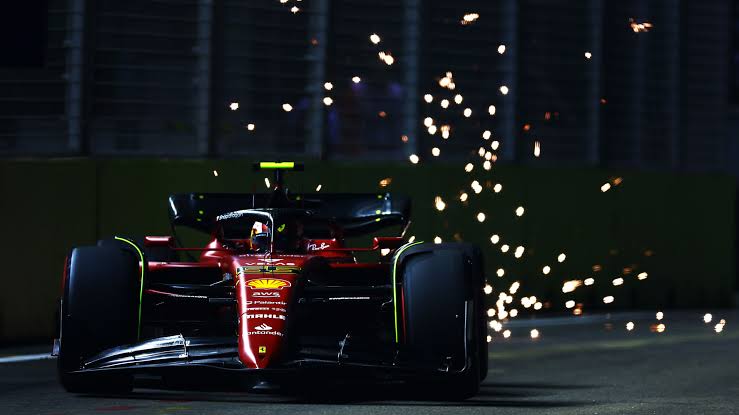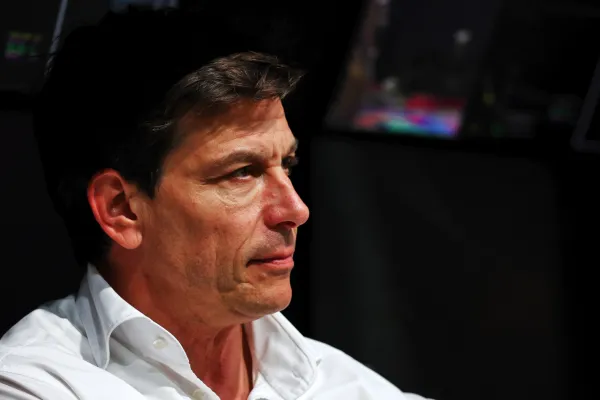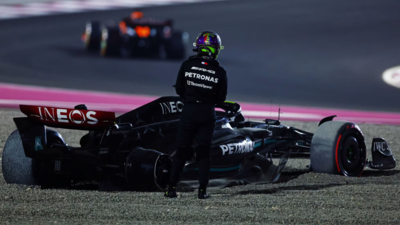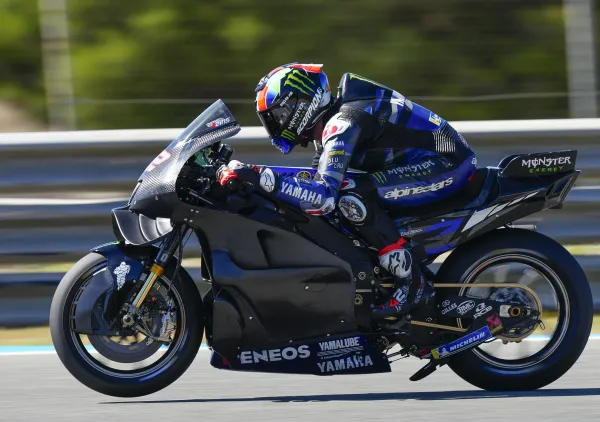How McLaren Has Solved Its Resistance Problems
McLaren F1 has embarked on a relentless quest to conquer its resistance problems and elevate its on-track performance. The team’s unwavering commitment to improvement has been prominently showcased in recent races, shedding light on their determined pursuit of success.
Aerodynamic Efficiency Challenge
One of the primary obstacles McLaren faced was the urgent need to enhance the aerodynamic efficiency of its MCL60 car. This challenge became particularly pronounced on circuits where the car’s weight posed a significant hindrance to its performance. Notably, the Italian Grand Prix at Monza underscored the importance of McLaren’s ability to adapt and innovate.
Unique Approach To Monza
Monza’s racing demands, with a heavy emphasis on straight-line speed, presented a unique challenge to McLaren. While many rival teams concentrated on developing a rear wing tailored specifically to Monza’s requirements, McLaren chose a distinct path. They utilized their free practice sessions strategically, fine-tuning their Monza-specific setup while also collecting valuable data on a lower downforce variant of the rear wing—a decision that proved forward-thinking.
Versatility On Display
McLaren’s adaptability was on full display at Monza. While Oscar Piastri’s car featured a rear wing setup optimized for minimal drag, Lando Norris’s MCL60 sported a higher downforce rear wing with specific design elements. This showcased McLaren’s willingness to explore multiple approaches and their readiness to adjust to changing circumstances.
Innovative Design Elements
In their quest for improved performance, McLaren incorporated an innovative design element—an infill panel in the upper corner of the rear wing endplate. This design tweak, initially used by Alpine in 2022 and more widely adopted by Mercedes, aims to enhance overall aerodynamics and : Front-End Aerodynamics
McLaren’s commitment to improvement extended to the front end of the car, where subtle yet crucial changes were made to the intake brake duct. By reshaping the duct’s upper half, McLaren sought to optimize external airflow around suspension components and brake duct surroundings. This adjustment not only influenced aerodynamics but also played a role in mitigating wake turbulence generated by the front tire, a vital consideration for smooth downstream airflow.
Striking The Balance
Despite their pursuit of optimal aerodynamics, McLaren recognized the importance of striking a delicate balance between aerodynamics and brake cooling. They acknowledged that in some races later in the season, reverting to the older brake duct setup might remain necessary. The Monza layout, effective for its intended purpose, serves as a testament to McLaren’s ongoing commitment to fine-tuning and optimizing the MCL60’s performance.
